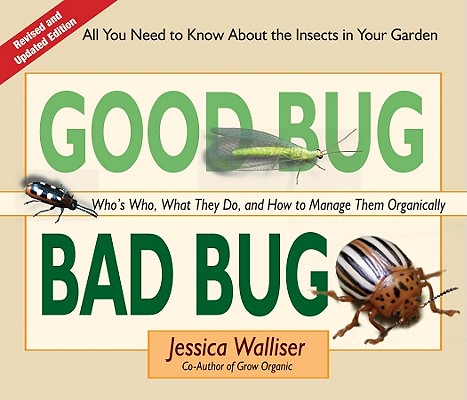Understanding What Are Stink Bugs Attracted To: A Comprehensive Guide to Their Preferences
Guide or Summary:FruitsVegetablesFlowersWarmthLightMoistureSeal Entry PointsRemove AttractantsUse Traps#### What Are Stink Bugs Attracted ToStink bugs, know……
Guide or Summary:
#### What Are Stink Bugs Attracted To
Stink bugs, known for their distinctive odor, can be a nuisance for homeowners and gardeners alike. Understanding **what are stink bugs attracted to** is crucial for effective pest management and prevention. These pests are primarily attracted to certain environmental factors and food sources, which can help you identify and mitigate their presence in your home or garden.
#### Food Sources
One of the primary attractions for stink bugs is food. They are known to feed on a variety of plants, fruits, and vegetables. Some of their favorite targets include:
Fruits
Stink bugs are particularly drawn to fruits such as apples, peaches, and tomatoes. The sweet aroma and juicy texture make these fruits irresistible to them. If you have a garden or fruit trees, it’s essential to monitor for stink bug activity, especially during the growing season.

Vegetables
In addition to fruits, stink bugs also enjoy a range of vegetables. They often target beans, peppers, and corn. The sap from these plants serves as a food source, making them a prime target for infestations.
Flowers
Certain flowers can also attract stink bugs. They are drawn to the nectar and pollen, which provide sustenance. Plants like sunflowers and zinnias can become hotspots for these pests, particularly in late summer and early fall.
#### Environmental Factors
Aside from food, stink bugs are attracted to specific environmental conditions. Understanding these factors can help you create an environment less conducive to their presence.
Warmth
Stink bugs seek warmth, especially during the colder months. They often enter homes in search of a cozy place to hibernate. Ensuring that your home is well-sealed can help prevent these pests from finding their way inside.

Light
Stink bugs are also attracted to light. They may congregate around outdoor lights and windows, making it easier for them to enter your home. Using yellow or sodium vapor lights can help reduce their attraction to your exterior lighting.
Moisture
Moisture is another factor that can attract stink bugs. They thrive in humid environments, so areas with standing water or excessive moisture can become breeding grounds. Regularly checking for leaks and maintaining proper drainage can help minimize their attraction to your property.
#### Prevention and Control
Understanding **what are stink bugs attracted to** is the first step in preventing and controlling their population. Here are some effective strategies:
Seal Entry Points
Inspect your home for any cracks or openings that stink bugs could use to enter. Sealing these gaps with caulk or weather stripping can significantly reduce the likelihood of an infestation.

Remove Attractants
Keep your garden free of overripe fruits and vegetables, as these can attract stink bugs. Regularly harvesting your crops and cleaning up fallen produce can help keep them at bay.
Use Traps
There are various traps available that can help reduce stink bug populations. Sticky traps or homemade traps using soapy water can effectively capture these pests.
In conclusion, understanding **what are stink bugs attracted to** is essential for effective pest management. By focusing on their food sources and environmental preferences, you can take proactive measures to reduce their presence in your home and garden.